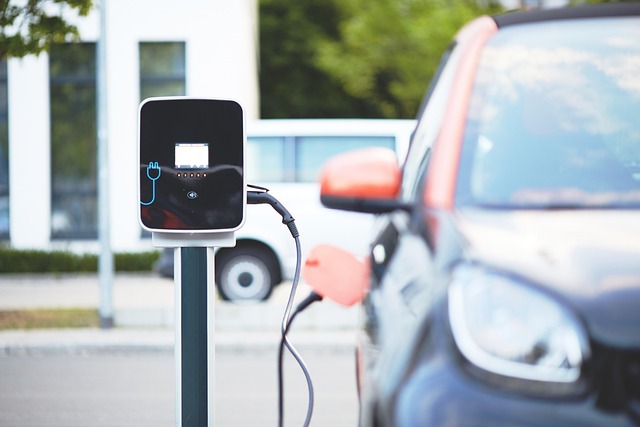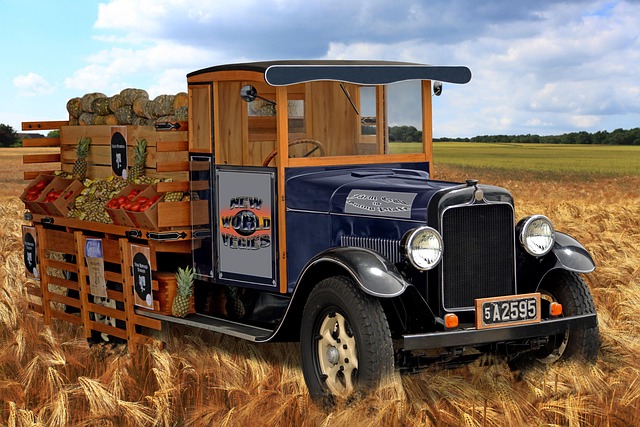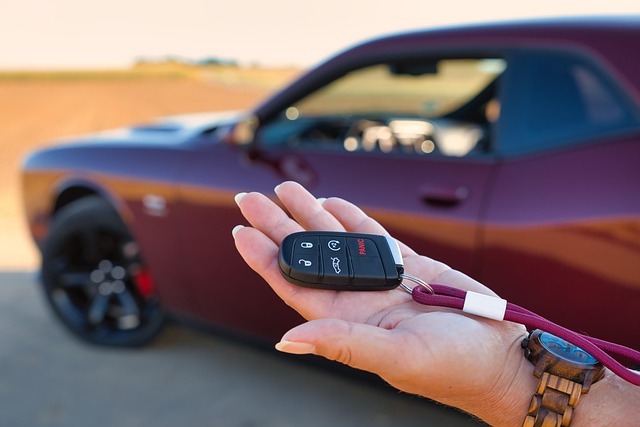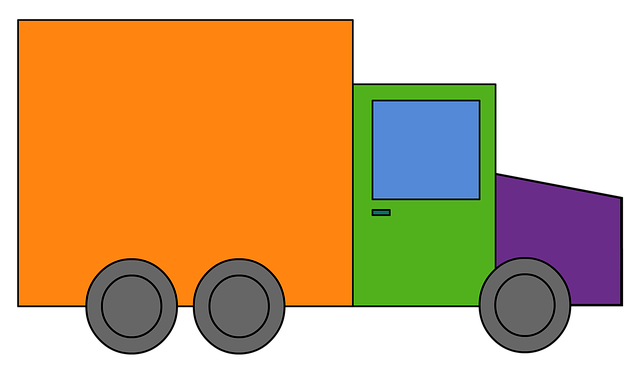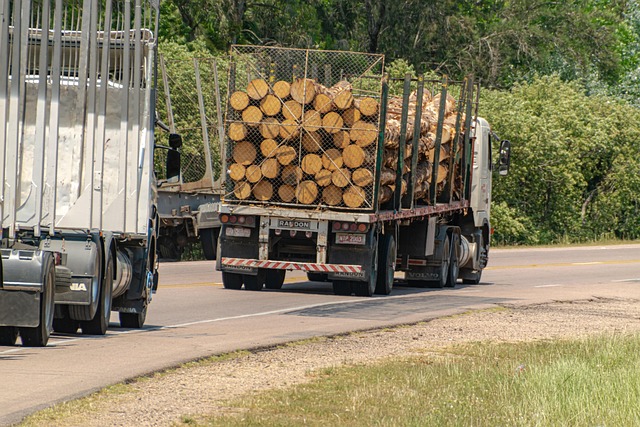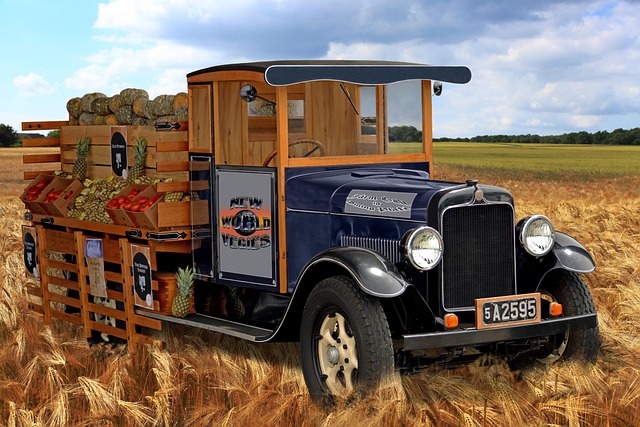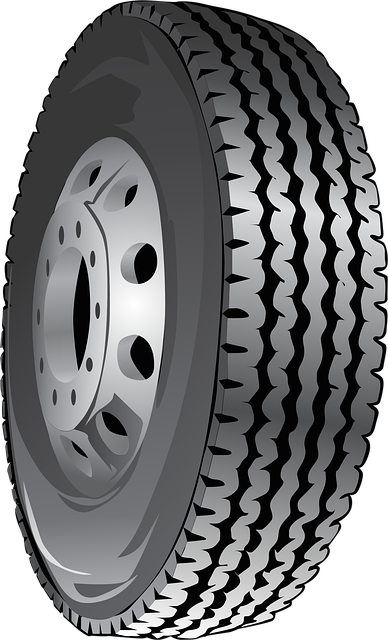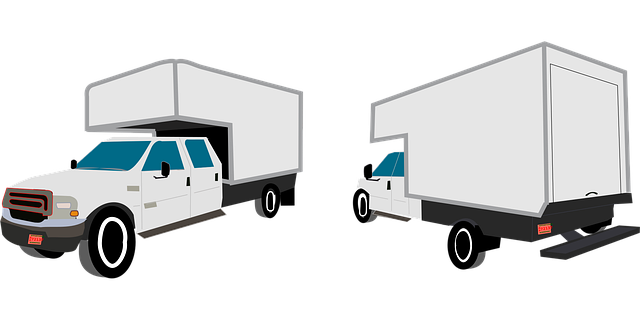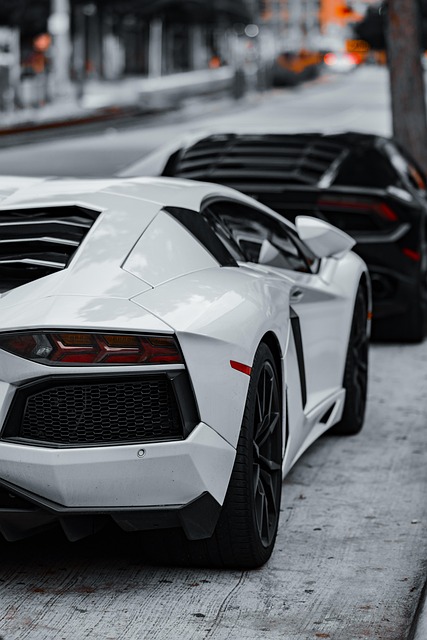Registering a car in California involves understanding specific requirements and gathering essential documents. First, ensure you have all necessary paperwork for a Vehicle Identification Number (VIN) verification. This process checks your vehicle’s history and ensures it complies with state standards. Next, choose an approved title and registration agent to streamline the process. You can then submit your application online or in-person, along with fees, to complete the registration. Don’t forget to conduct a VIN check as part of the crucial verification step.
- Understand California Car Registration Requirements
- Gather Necessary Documents for VIN Verification
- Perform Vehicle Identification Number (VIN) Check
- Choose an Approved Title and Registration Agent
- Submit Application and Pay Fees Online or In-Person
Understand California Car Registration Requirements

Before registering your car in California, it’s crucial to understand the state’s specific requirements. One key aspect is ensuring that your vehicle has passed a valid vin inspection. This involves verifying the Vehicle Identification Number (VIN) and checking for any outstanding issues or recalls. In California, this process is often done through a mobile vin verification service, which allows you to complete the inspection conveniently at your location.
During the vin inspection, a certified technician will confirm the VIN accuracy, check against national databases for any issues, and ensure that the vehicle meets all necessary safety standards. This step is vital as it protects both you, the owner, and other drivers on the road by ensuring that only safe and properly maintained vehicles are allowed on California’s highways.
Gather Necessary Documents for VIN Verification

To register your car in California, you’ll need to go through a Vehicle Identification Number (VIN) verification process. This involves gathering all the essential documents that prove ownership and ensure the vehicle’s integrity. One crucial step is to obtain a valid and accurate VIN from your vehicle. This unique identifier can be found on the vehicle’s certificate of title, registration card, or the label on the driver-side door jamb.
For a hassle-free process, consider using a mobile vin inspection or verifier service. These services send a professional to your location, eliminating the need for you to visit a DMV office. A mobile vin verification ensures all required documents are in order before proceeding with registration, saving time and effort.
Perform Vehicle Identification Number (VIN) Check

Before you begin the registration process, it’s crucial to perform a Vehicle Identification Number (VIN) check. This step is essential for ensuring that your car is legitimate and has not been reported stolen or had its identity tampered with. A mobile VIN verification service can greatly simplify this task by allowing you to conduct the check conveniently from anywhere. These services use advanced technology to cross-reference your vehicle’s unique VIN number against vast databases, providing instant results regarding its history and authenticity.
A mobile VIN inspector or verifier can be particularly handy if you’re buying a used car. They can perform an on-site inspection, ensuring that the car matches the details provided by the seller. This additional layer of verification can protect you from potential fraud or hidden issues, making the registration process smoother and safer.
Choose an Approved Title and Registration Agent

When registering your car in California, it’s crucial to select an approved title and registration agent – a trusted partner who can guide you through the process smoothly. These agents are authorized by the California Department of Motor Vehicles (DMV) to assist with vehicle registration, ensuring all documents are in order and any necessary verifications, like VIN verification, are completed accurately.
Choosing an approved agent means peace of mind. They’ll help you navigate any complexities, whether it’s through a traditional office visit or, for added convenience, a mobile VIN inspection service. These services, often provided by certified professionals, allow for on-site VIN verification and streamline the registration process, saving you time and effort. A reputable agent or mobile VIN verifier will ensure your car’s history is accurately represented, making the registration experience efficient and stress-free.
Submit Application and Pay Fees Online or In-Person

Submitting your application and fees is a crucial step in the car registration process in California. You have the flexibility to choose between completing this task online or visiting a local DMV office. Both methods involve providing essential information, including your vehicle’s unique Vehicle Identification Number (VIN) for verification purposes. This process ensures the accuracy of your vehicle’s details, which is a vital aspect of the registration procedure.
When opting for an online approach, you can take advantage of mobile vin verification tools that simplify the process. These mobile vin inspectors enable you to quickly and conveniently enter your VIN, access detailed vehicle history reports, and complete necessary forms digitally. Alternatively, visiting the DMV allows for in-person submission, where a representative will guide you through the application process and ensure all fees are paid accurately.
Registering a car in California involves understanding key requirements, gathering essential documents for VIN verification, performing a mandatory vehicle identification number (VIN) check, selecting an approved title and registration agent, and submitting applications along with relevant fees. This streamlined process ensures compliance with state regulations while facilitating a swift and efficient car registration experience. Remember to keep your documentation up-to-date for continued legal compliance and seamless California road adventures.
